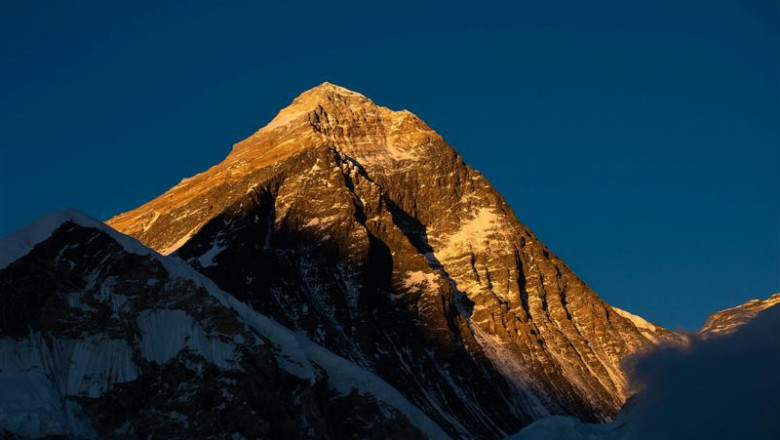views
The Everest Three Passes Trek is known for being one of the most difficult and rewarding treks in Nepal. With three high passes over 5000 meters, changing weather, and rugged terrain, this trail is not for the faint-hearted. Many trekkers feel confident doing it without support. But after walking it myself without a guide or porter, I realized how risky and exhausting it can be.
From the very beginning, I knew the journey would test my strength. But I did not expect how much I would struggle without local help. The first mistake was underestimating the physical demand. Carrying a heavy backpack with all my gear made every uphill step harder. At high altitude, even simple tasks like packing or walking became slow and tiring.
High Altitude Can Surprise You
Why experience and knowledge matter in remote mountains
One of the biggest challenges came with the altitude. The passes like Kongma La, Cho La, and Renjo La are all above 5300 meters. At these heights, oxygen levels are low. I had read about altitude sickness, but facing it alone was a different story. When I felt dizzy and weak before reaching Cho La Pass, I had no one to advise me. There was no way to know if I should rest, go back, or push forward. A trained guide would have seen the signs and helped make the right decision.
Altitude problems can get serious very quickly. Without proper support, you are left guessing. In some remote areas, there is no one nearby. If something happens, getting help becomes nearly impossible.
Route Confusion and Trail Mistakes
Maps and GPS are helpful, but they are not enough
Another real issue was the trail itself. Even with a map and a GPS app, I got confused more than once. There are areas between the passes where the trail splits or fades. Especially near Kongma La and in the icy sections of Cho La, finding the right path was tricky. One mistake could lead you in the wrong direction for hours.
A local guide knows the route like the back of their hand. They know where to step, where the ice is thin, and where landslides may have changed the trail. Without this knowledge, I wasted energy, time, and often felt unsure. It takes away the joy of the trek when you are constantly worried about being lost.
Physical Strain of Carrying Your Own Load
Why a porter is more than just someone who carries your bag
Many trekkers think hiring a porter is a luxury. I thought the same until my shoulders started aching and my legs felt like they would give out. Carrying 15 to 20 kilograms at high altitude makes every day feel like a punishment. I reached the teahouses late, too tired to even eat properly.
A porter lightens your load so you can actually enjoy the walk. They also help keep your pace steady. Some even motivate you with small conversations or jokes when the trail feels endless.
Local Insights and Cultural Experience
A guide connects you to the people and places beyond the trail
One thing I missed the most was the deeper connection with the local life. I passed through villages like Thame, Gokyo, and Dingboche but never really understood the stories behind the prayer flags or the history of the stone walls. A guide could have told me why certain things matter to the Sherpa people or how the region has changed after earthquakes and climate shifts.
It is more than just walking. It is about understanding the place you are in. Without a guide, that part of the journey felt empty.
Safety and Support in Emergency
When things go wrong, having someone experienced can save your life
On the descent from Renjo La, the weather turned without warning. Clouds covered everything. I couldn’t see the trail clearly and the wind was freezing. I kept moving, but my confidence was gone. If I had slipped or twisted my ankle, I don’t know what I would have done.
In such moments, having a guide means more than comfort. It means safety. They know how to react, who to call, where to go. They carry communication devices. They think clearly when you can’t.
The Trek is Yours to Enjoy, Not to Survive
Let someone help you so you can enjoy the journey
The Everest Three Passes Trek is beautiful, but it is also wild and tough. Doing it without a guide or porter might sound like an adventure, but in reality, it adds stress, danger, and often takes away from the experience.
A guide helps you stay on track. A porter helps you keep your strength. Together, they help you enjoy the landscapes, the culture, and the people. They help you focus on why you came in the first place.
If I could do it again, I would choose to walk with a team. Because the goal is not just to finish the trek. It is to enjoy it, learn from it, and return safely.














Comments
0 comment